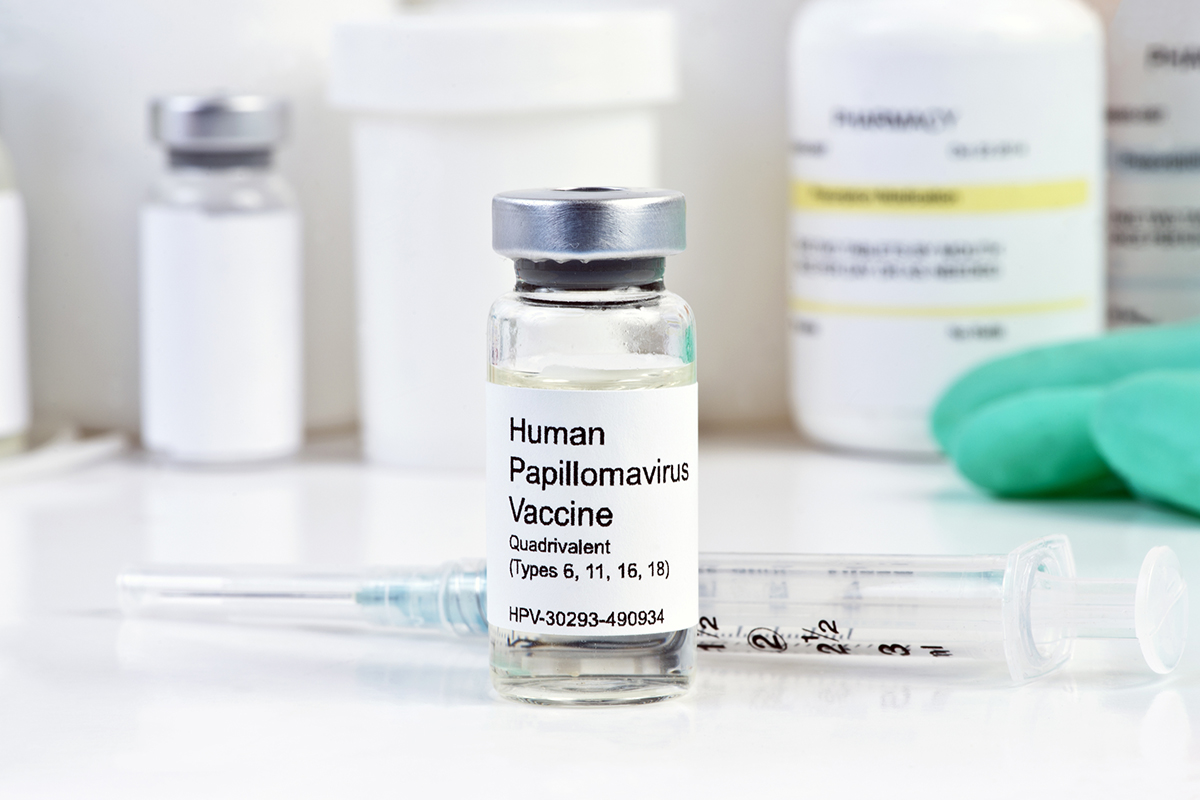New Analysis Bumps Cervical Cancer Death Rates, Emphasizes Racial Disparities

Vaccine photo via istock.com/dina2001
A frightening study published Monday pegs the cervical cancer death rate as higher than previously reported—and what’s more, the research says black women tend to die from the disease much more frequently than white patients.
According to the analysis, 10.1 per 100,000 black women die of cervical cancer, compared to 4.7 per 100,000 white women. Prior research estimated those figures at 5.7 and 3.2, respectively.
“These rates are similar to what we see in the developing world,” says Alexi Wright, a gynecologic oncologist at Dana-Farber Cancer Institute, who was not involved with the report. “That’s unacceptable for women who should have regular access to care.”
The increase, while jarring, is largely the result of tweaked calculations. In the new analysis, the study population did not include women who had undergone hysterectomies—a procedure that removes the uterus, and usually the cervix—as those women are not at risk of cervical cancer. That adjustment led to a higher overall mortality rate, but particularly among black women, who tend to have hysterectomies more often than white women.
Wright says the study is a serious reminder of the all-too-present racial disparities in healthcare. In addition to cervical cancer, black women are more likely to die from breast cancer and other serious conditions.
“Disentangling why black women are at a higher risk of dying of cervical cancer, and how to change that, is one of the most important next steps from this research,” Wright says.
While biology may play a role—black women’s genomes may put them at a higher risk of developing aggressive cervical cancer—Wright says access to insurance and socioeconomic standing likely explain a large part of the gap. Even if biology is at play, Wright says, doctors have a responsibility to face that challenge.
“We can’t fundamentally change biology,” she says. “We can change treatment approaches, we can screen people more frequently, we can make sure that they don’t have gaps in access to care. What are the things that we can tackle with the hope of change?”
While clinicians and researchers must grapple with those questions in the long-term, Wright says women need not make any immediate healthcare or lifestyle changes based on the new study.
Women should, however, continue to get regular pap smears—every three years for average-risk individuals—and become familiar with the symptoms of cervical cancer, including abnormal bleeding, longer-than-normal periods, and unusual discharge.
The study also highlights the importance of the HPV vaccine, which protects against many strains of cancer-causing human papillomavirus. Less than half of young patients currently get the shot, and Wright says that needs to change.
“HPV vaccination is critical,” Wright says. “That’s the thing that, from a public health standpoint, makes a real difference in reducing the number of women who are diagnosed with cervical cancer.”


